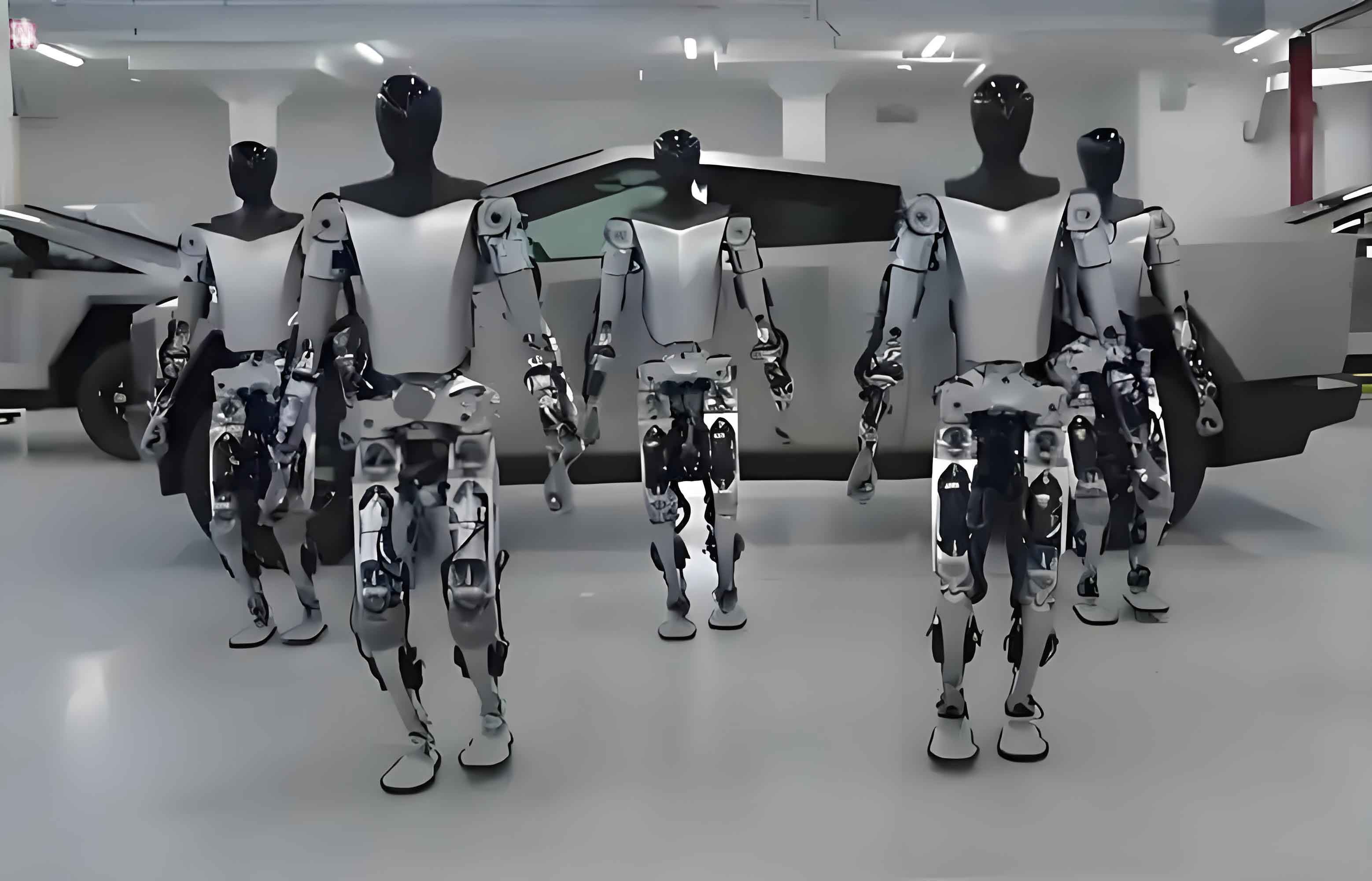Precise rhythm, flexible movements, and dynamic dance steps—during this year’s Lunar New Year’s Eve gala, humanoid robots from Unitree Robotics captivated audiences nationwide. Tossing and catching handkerchiefs with remarkably human-like dexterity, these intelligent robots vividly demonstrated the potential of embodied intelligence, showcasing tangible progress in future-oriented industries.

“Establish a growth mechanism for future industry investment, cultivating sectors like biomanufacturing, quantum technology, embodied intelligence, and 6G.” This year’s Government Work Report marked the first official mention of “embodied intelligence,” triggering extensive discussions among National People’s Congress deputies and Chinese People’s Political Consultative Conference members. Humanoid robots represent a flagship product in this emerging field, transitioning from science fiction to reality and sparking boundless imagination about their applications.
1. Humanoid Intelligent Robots Gain Momentum
Holding a microphone while posing questions in flawless Mandarin, recording video without lifting a camera—during this year’s Two Sessions, an unusual “reporter” named “Kuafu” conducted interviews with deputies and members on Beijing’s streets. This intelligent robot created waves of astonishment with its novel interactions.
Across China, these advanced machines are being trained for practical applications. At Shanghai Zhiyuan’s data collection factory, intelligent robots learn household chores like washing dishes, folding clothes, and cleaning bathrooms. Xiaopeng Motors’ IRON humanoid robot performs assembly tasks in automotive plants, while UBTech conducts multi-robot, multi-scenario training in its 5G smart factories. These demonstrations reveal expanding capabilities across diverse environments.
What drives this surge? According to He Han, CPPCC member and CEO of Tianyu Digital, earlier discussions focused primarily on hardware. Current breakthroughs involve “brain” (cognitive processing) and “cerebellum” (motion control) technologies, enabling an evolutionary leap from “mechanical shells” to “digital lifeforms.” This advancement significantly lowers usage barriers and rapidly multiplies application scenarios for intelligent robots.
Supporting this momentum, the Ministry of Industry and Information Technology’s 2023 “Guiding Opinions on Innovative Development of Humanoid Robots” targets breakthroughs in core technologies—including brain, cerebellum, and limb systems—by 2025. He Xiaopeng, NPC deputy and Chairman of XPeng Motors, attributes the intelligent robot boom to continuous R&D breakthroughs, enhanced intelligence, and clearer scenario validation. He projects that intelligent robots with basic L3 capabilities will enter limited commercial production by 2026, potentially growing into an industry rivaling electric vehicles within 5-20 years.
2. Challenges in Achieving “Affordable and Practical” Intelligent Robots
Despite excitement about domestic helpers and elderly-care assistants, making intelligent robots household staples requires overcoming significant hurdles in pricing, technology, and standardization.
- Cost Barriers: Zhang Yunquan, CPPCC member and researcher at the Institute of Computing Technology, Chinese Academy of Sciences, highlights the elderly-care sector dilemma. High demands for personalized, safe, and convenient services drive up R&D costs, placing such intelligent robots beyond most families’ reach. This affordability gap subsequently hampers deeper technological innovation.
- Technical Limitations: Core components remain a critical bottleneck. Nie Pengju, NPC deputy and Chairman of Hunan Kilo Motor, identifies precision motors, reducers, and controllers as foundational elements for cultivating new productive forces. Currently, few Chinese manufacturers produce high-precision, high-performance parts, restricting mass production and industry scaling. Simultaneously, enhancing functional reliability across complex real-world environments remains challenging.
- Platform Gaps: He Han notes the absence of standardized platforms for algorithm development, 3D data, certification, scenario testing, and talent training. Without shared resources, companies independently reinvent basic frameworks—wasting resources and slowing progress. The lack of public testing platforms, akin to autonomous driving proving grounds, further impedes deployment.
- Humanization and Privacy: Zhang Yunquan raises additional concerns: How can intelligent robots provide emotionally resonant companionship? How can user data security and privacy be guaranteed during service delivery? These unresolved questions complicate widespread adoption.
3. Pathways to Accelerate Household Adoption of Intelligent Robots
Facing immense market potential, deputies and members propose concrete strategies to reduce costs, upgrade technology, and accelerate integration into daily life.
- Shared Platform Development: He Han advocates avoiding redundant R&D by encouraging universal platforms. He proposes integrated hardware-software solutions spanning from foundational layers to applications, including AI model frameworks and 3D datasets. Such collaborative ecosystems would lower entry barriers and foster innovation synergy.
- Dual-Pronged Technological Advancements: Zhang Yunquan emphasizes simultaneous progress in hardware and algorithms. Hardware priorities include intelligent “memory-computing integrated” chips and robot operating systems. Algorithm development should focus on large-model-enabled human-machine interaction, advanced natural language processing, and AI-driven emotional recognition—all while ensuring data security.
- Policy-Driven Industrial Support: Nie Pengju recommends strengthening domestic core-component manufacturers through R&D subsidies and technical trial insurance. Establishing specialized industrial clusters would amplify resource concentration and accelerate breakthroughs. He Xiaopeng suggests replicating early-stage EV industry policies—such as targeted subsidies and pilot programs—to stimulate demand and accelerate intelligent robot market cultivation.
As China positions embodied intelligence as a strategic future industry, these recommendations aim to transform intelligent robots from technological marvels into accessible household assets, reshaping daily living and industrial productivity nationwide.
